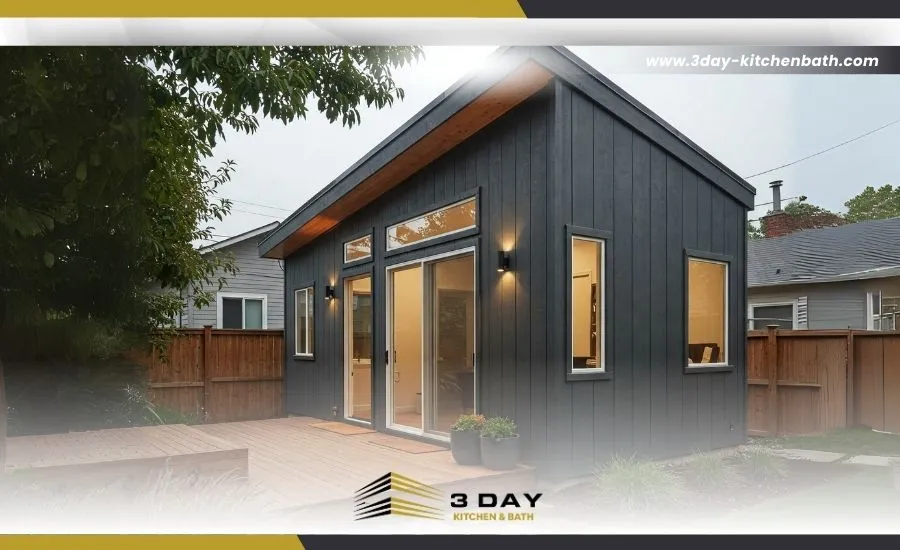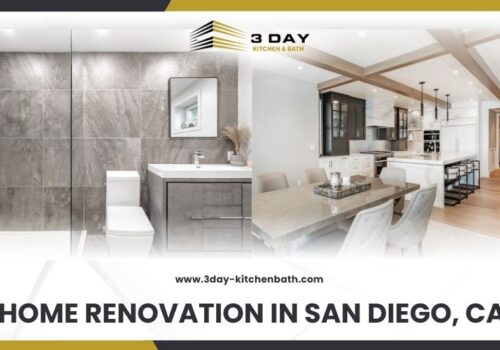- What is an ADU and Why Does Size Matter?
- Typical ADU Sizes and Dimensions Explained
- Small ADUs (150â400 sq ft)
- Medium ADUs (400â800 sq ft)
- Large ADUs (800â1,200 sq ft)
- California ADU Size Regulations You Should Know
- Statewide Regulations
- Local Regulations in San Diego
- How to Choose the Right ADU Size for Your Needs
- Purpose of the ADU
- Budget Constraints
- Property Size and Layout
- Long-Term Flexibility
- Budgeting for Your ADU Based on Size
- Ways to Save Money
- Smart Design Tips for Maximizing ADU Space
- Conclusion: Whatâs the Perfect ADU Size for You?
- Frequently Asked Questions
- What is the average size of an ADU in California?
- What is the maximum ADU size allowed in California?
- Whatâs the smallest ADU you can build in California?
- How do I determine the right size for my ADU?
- Does the size of an ADU affect permitting in California?
- Ready to Build Your Perfect ADU?
Accessory Dwelling Units (ADUs) are becoming increasingly popular across California, offering homeowners flexible solutions for extra living space, rental income, or multi-generational housing. But when it comes to building an ADU, one of the most critical decisions you'll face is determining the right size and dimensions.
The perfect ADU balances your needs, budget, and local regulations—especially in California, where rules can vary significantly by city. In this guide, we'll walk you through everything you need to know about ADU sizes, from understanding the typical dimensions to navigating California's regulations. Whether you're in the early planning stages or finalizing your design, this article will help you make informed decisions.
What is an ADU and Why Does Size Matter?
An Accessory Dwelling Unit (ADU) is a secondary housing unit built on the same lot as a primary residence. These units can be detached structures, converted garages, basement apartments, or even additions to the main home. While their purpose varies—ranging from guest houses to rental properties—one thing remains consistent: size matters.
Choosing the right size for your ADU isn't just about fitting it into your yard. It impacts everything from construction costs and utility expenses to comfort and functionality. A well-sized ADU ensures the space feels livable and meets your intended purpose, whether it's accommodating family members or maximizing rental income. Additionally, size plays a crucial role in meeting local zoning regulations.
California’s ADU laws have made it easier than ever to build an accessory dwelling unit on your property. One of the most significant changes comes from Senate Bill 897, which states that if your proposed ADU is under 800 square feet, front setback requirements can no longer prevent its construction. This means that even if your property doesn’t meet traditional zoning conditions or has unpermitted structures, you can still move forward with your ADU project.
But what does this mean for homeowners? This law removes a major barrier for those looking to add smaller ADUs to their properties. Whether you’re planning a cozy studio for rental income or a compact living space for a family member, the 800 sq. ft. threshold opens up new possibilities. Plus, the elimination of restrictions related to non-conforming zoning conditions or building code violations simplifies the approval process, saving you time and hassle.
However, it’s important to note that while setbacks may no longer be an issue for smaller ADUs, you’ll still need to comply with other local regulations, such as height limits, utility connections, and design standards. Consulting with a local ADU contractor can help you navigate these requirements and ensure your project is a success.
Typical ADU Sizes and Dimensions Explained
ADUs come in various sizes, each catering to different needs and budgets. Understanding the typical dimensions can help you decide which option best suits your property and goals.
Small ADUs (150–400 sq ft)
Small ADUs, often referred to as "micro-units," are perfect for homeowners looking to create a compact living space without significant construction costs. These units typically function as studios or single-room setups, making them ideal for:
- Home offices
- Guest suites
- Short-term rentals
| Pros | Cons |
| Lower construction and maintenance costs | Limited living space may not be suitable for long-term tenants |
| Easier to fit on smaller lots | Requires smart design solutions to maximize functionality |
| Faster permitting process in many areas | May have zoning or HOA restrictions |
Medium ADUs (400–800 sq ft)
Medium-sized ADUs offer a balance between space and cost. These units often include one-bedroom layouts, providing more privacy and comfort than smaller options. They're well-suited for:
- Long-term rentals
- Housing for family members or aging parents
- Flexible multi-use spaces
| Pros | Cons |
| More livable space without dramatically increasing costs | Higher construction costs compared to small ADUs |
| Suitable for a wide range of uses | May face more stringent zoning regulations in some areas |
| Easier to furnish and design for comfort | May require more maintenance and upkeep |
Large ADUs (800–1,200 sq ft)
Large ADUs are essentially small homes, offering full living spaces that can include multiple bedrooms, full kitchens, and ample storage. These units are perfect for:
- Full-time family residences
- High-income rental properties
- Multi-generational living arrangements
| Pros | Cons |
| Provides all the comforts of a traditional home | Significant construction and maintenance costs |
| Higher rental income potential | May require more complex permitting and inspections |
| Greater flexibility for future use | More hassle to relocate furnitures due to its large scale |
California ADU Size Regulations You Should Know
California has been at the forefront of ADU legislation, making it easier for homeowners to build these units. However, state laws set the baseline, and local jurisdictions can impose additional requirements. Here's what you need to know:
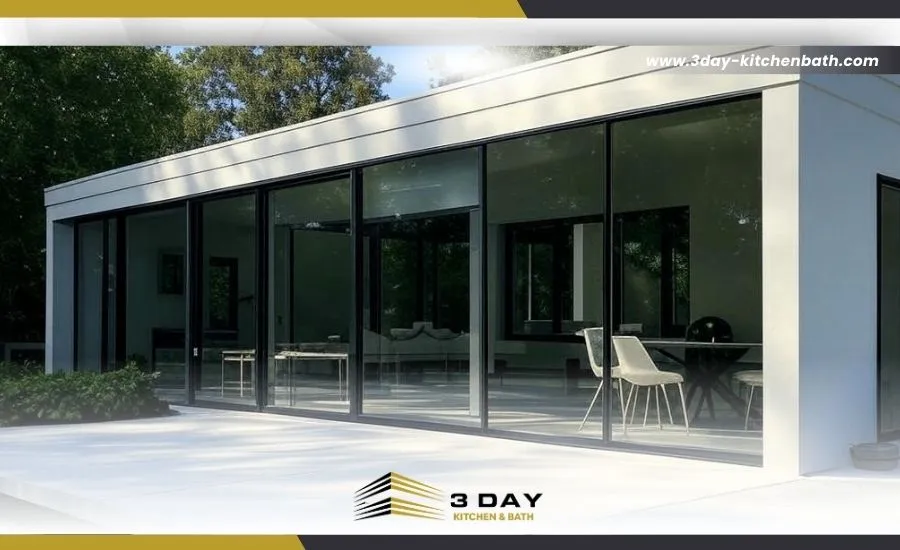
Statewide Regulations
Under California state law, ADUs must comply with specific size limits:
- Maximum Size: Up to 1,200 sq ft for detached ADUs. Attached ADUs are limited to 50% of the primary residence's square footage.
- Minimum Size: No smaller than 150 sq ft, provided it meets all safety and habitability standards.
- Setbacks: No more than 4-foot rear and side yard setbacks are required for ADUs.
- Height Restrictions: Typically limited to 16 feet for detached ADUs, though some two-story ADUs may be allowed depending on local ordinances.
- Parking Requirements: In many cases, additional parking isn't required, especially if the ADU is near public transit.
Local Regulations in San Diego
San Diego, like many California cities, has its own set of rules that complement state laws:
- Detached ADUs: Can be up to 1,200 sq ft, but size may vary based on lot size and zoning.
- Junior ADUs (JADUs): Limited to 500 sq ft and must be part of the primary residence.
- Bonus ADUs: San Diego offers incentives for building ADUs that meet specific criteria, such as affordability requirements.
Before starting construction, always check with your local planning department to ensure you're meeting all necessary requirements.
How to Choose the Right ADU Size for Your Needs
Selecting the ideal ADU size involves balancing your personal goals, budget, and property limitations. Here are key factors to consider:
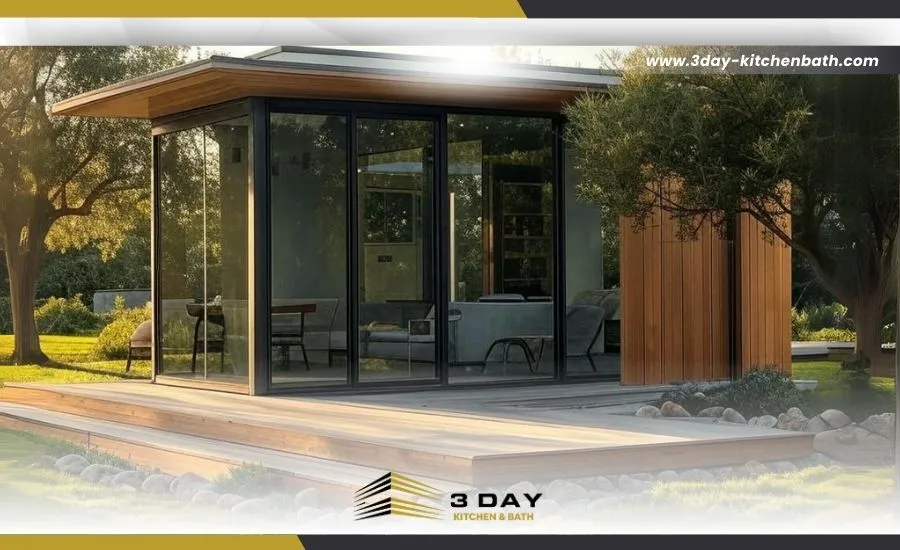
Purpose of the ADU
First, determine how you plan to use the ADU. Are you building it for family members, as a rental property, or for personal use like a home office? For example:
- Rental Income: Larger ADUs can command higher rents but come with higher construction costs.
- Family Use: A medium-sized ADU might offer the perfect balance of space and affordability for aging parents or adult children.
- Personal Use: Smaller ADUs work well as guest suites, studios, or home offices.
Budget Constraints
Your budget will significantly influence the size of your ADU. Larger units require more materials, labor, and time to construct. Additionally, utility costs—such as heating, cooling, and maintenance—will increase with size. Be sure to factor in:
- Construction costs
- Permitting fees
- Long-term maintenance expenses
Property Size and Layout
Not all properties can accommodate large ADUs. Consider the size and shape of your lot, existing structures, and local zoning regulations. Utilize creative design solutions to make the most of your available space without exceeding legal limits.
Long-Term Flexibility
Think about how your needs might change in the future. Even if you're building the ADU for a specific purpose now, consider how it could be repurposed later. A unit designed for a family might later serve as a rental property or vice versa.
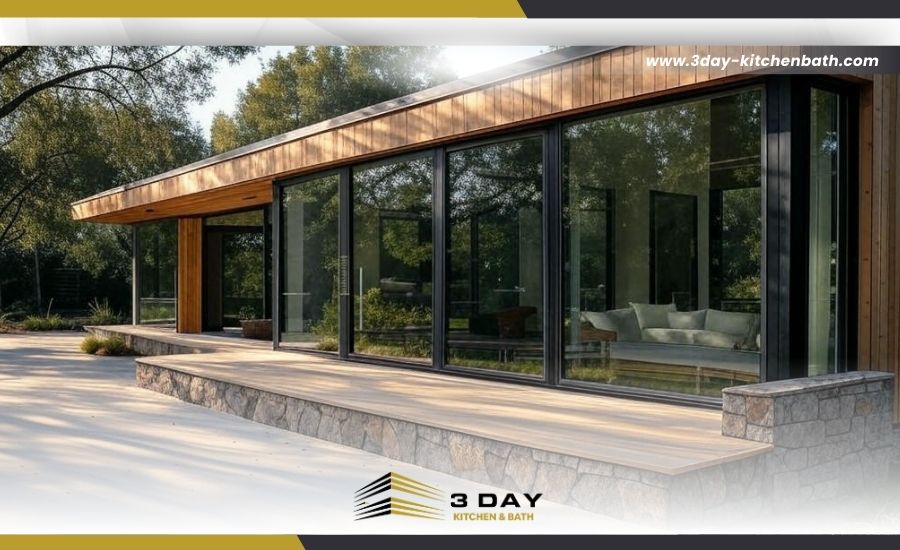
Budgeting for Your ADU Based on Size
The cost of building an ADU varies widely depending on size, materials, and location. Here's how size impacts your budget:
- Small ADUs (150–400 sq ft): $50,000 to $100,000
- Medium ADUs (400–800 sq ft): $100,000 to $200,000
- Large ADUs (800–1,200 sq ft): $200,000 and up
Ways to Save Money
- Opt for pre-fabricated or modular designs to reduce labor costs.
- Simplify the layout to minimize plumbing and electrical expenses.
- Use multi-functional furniture to maximize space in smaller units.
Always get multiple quotes from contractors and consult with professionals to ensure your project stays within budget.
Smart Design Tips for Maximizing ADU Space
Regardless of size, thoughtful design can make any ADU feel spacious and functional. Here are some tips to maximize your ADU's potential:
- Open Floor Plans: Create a sense of space by minimizing interior walls.
- Multi-Functional Furniture: Use items like Murphy beds or fold-out desks to save space.
- Natural Light: Large windows and skylights can make smaller spaces feel airy and bright.
- Vertical Storage: Utilize wall space for shelves and storage to free up floor space.
Consider working with a professional designer who specializes in small-space living to get the most out of your ADU.
Conclusion: What’s the Perfect ADU Size for You?
Choosing the right ADU size comes down to understanding your goals, budget, and local regulations. Whether you're looking for a compact guest suite or a full-sized rental unit, careful planning ensures your ADU meets your needs while staying compliant with California laws.
If you're ready to start your ADU journey, 3 Day Kitchen & Bath in San Diego, CA, is here to help. Our expert team can guide you through the design, permitting, and construction process to create the perfect ADU for your property. Contact us today to get started!
Frequently Asked Questions
What is the average size of an ADU in California?
The average size of an ADU in California ranges from 600 to 800 square feet, providing enough space for a comfortable one-bedroom or two-bedroom unit.
What is the maximum ADU size allowed in California?
California state law allows detached ADUs up to 1,200 square feet. Attached ADUs can be up to 50% of the size of the primary residence.
What’s the smallest ADU you can build in California?
The smallest ADU you can build in California is 150 square feet, provided it meets all safety and habitability standards.
How do I determine the right size for my ADU?
Consider your intended use, budget, property size, and local regulations when choosing the right ADU size. Consulting with a contractor can also provide valuable insights.
Does the size of an ADU affect permitting in California?
Yes, larger ADUs may face more stringent permitting requirements, especially if they exceed local size limits or involve complex designs.
Ready to Build Your Perfect ADU?
Whether you're just starting out or finalizing your ADU plans, 3 Day Kitchen & Bath is here to help every step of the way. Our team of experts will guide you through the design, permitting, and construction process to ensure your ADU fits your needs and meets California regulations. Contact us today to get started on your dream ADU!


